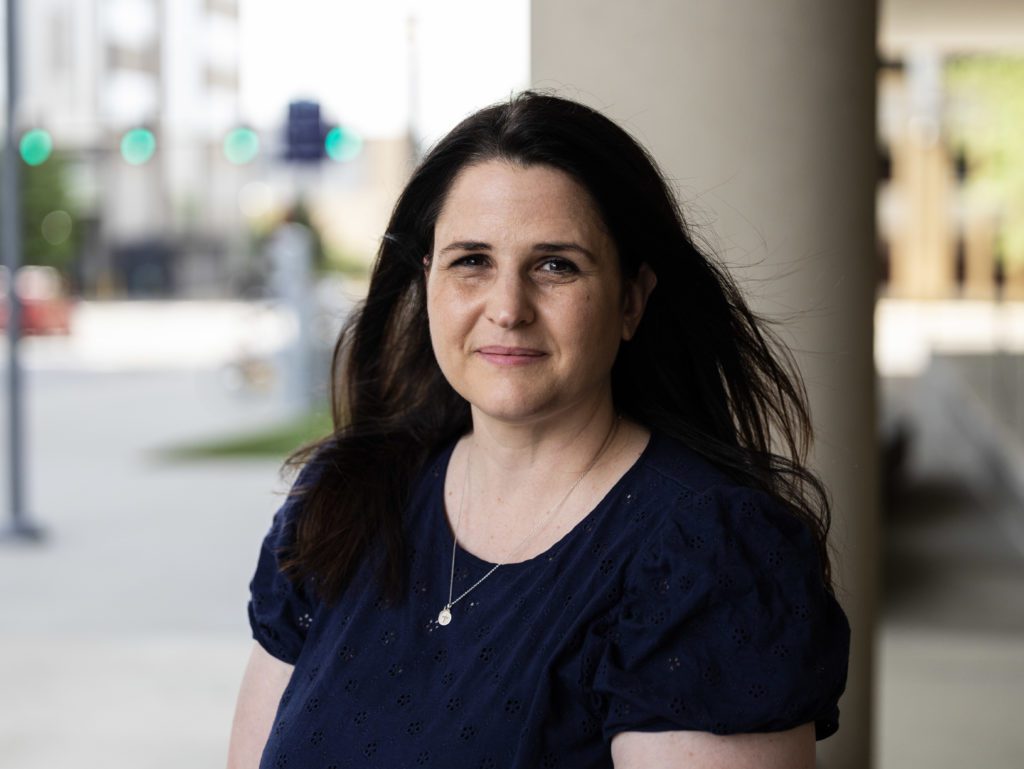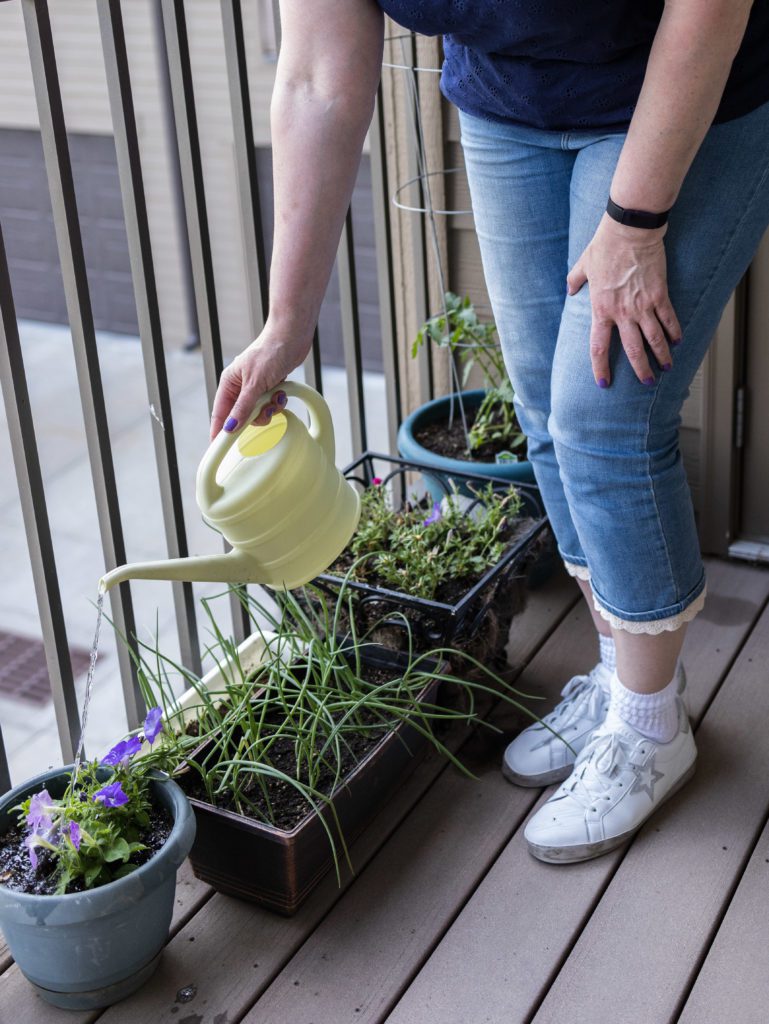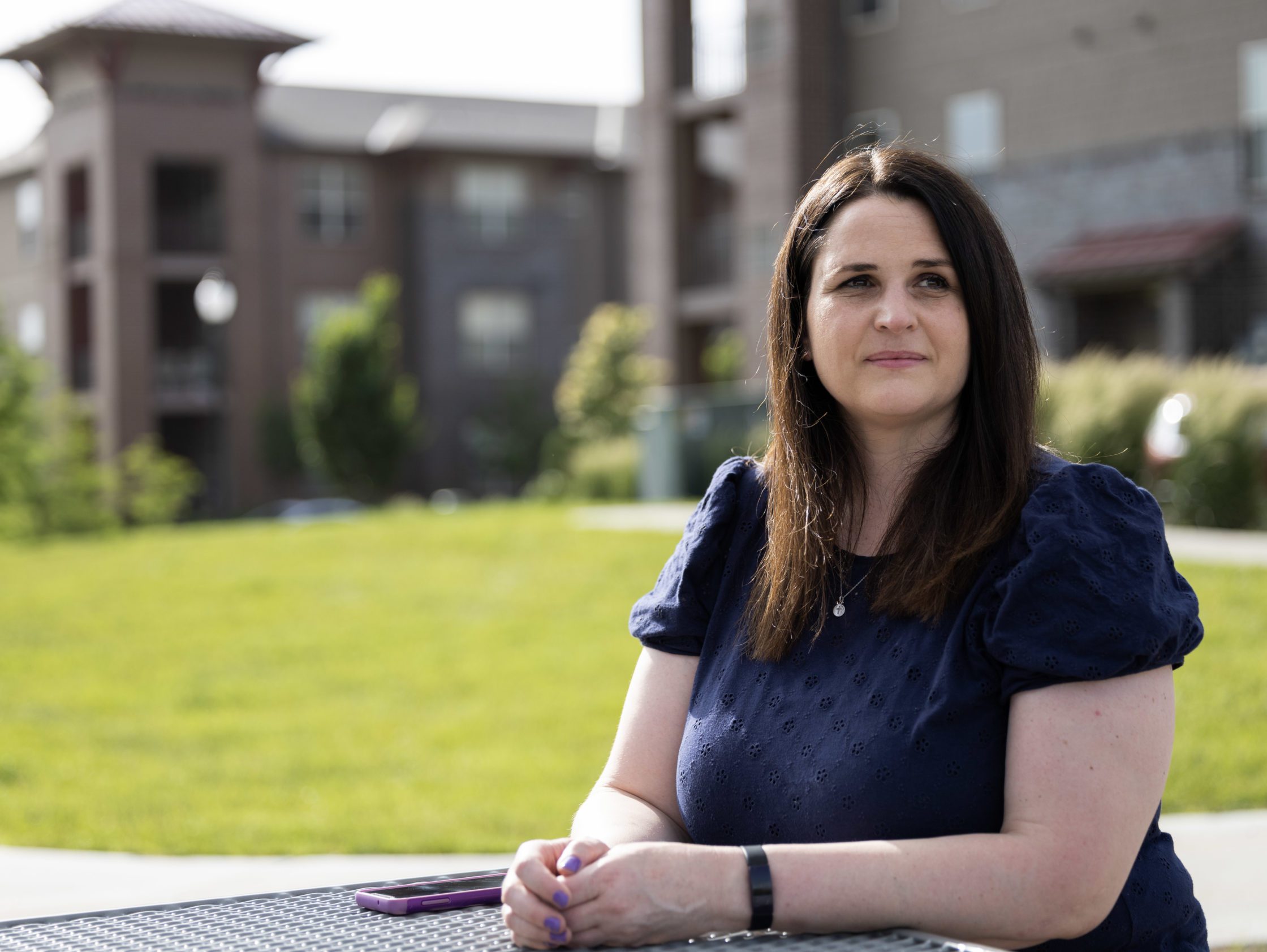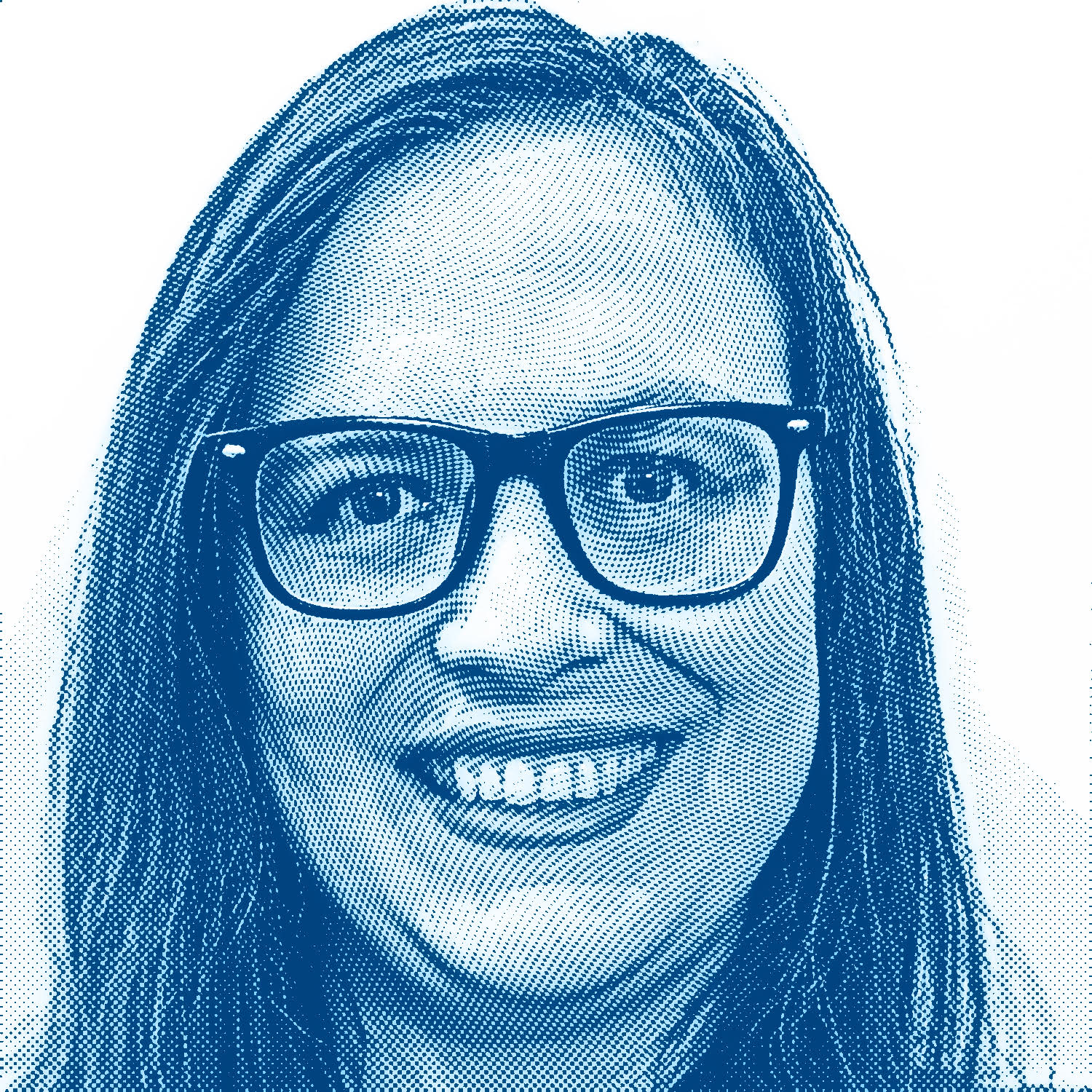Cindy Vanek was supposed to be recovering from COVID-19, but something was wrong.
The Papillion office coordinator contracted the virus just before Halloween 2020, a case she describes as mild-to-moderate — it knocked her out for several days but she never felt the need to go to the hospital.
But two weeks later, new symptoms started emerging. Her heart would start racing and wouldn’t stop. She felt dizzy. Nauseous. Constantly fatigued. Her whole body shook. Her fatigue prevented her from doing much more than working on the couch.
“It was kind of a mess,” she said. “It just wasn’t working, like all my systems were going haywire.”
Vanek, now 41, is one of millions of Americans who have or are now experiencing post-COVID symptoms, a phenomenon so common it has a name — Long COVID.

Studies suggest that between 10% and 40% of people who suffer a COVID infection experience some level of post-COVID symptoms.
The Long COVID Initiative estimates that 131,000 Nebraskans have experienced post-COVID symptoms, and that 43,500 of those have been disabled as a result. That group’s model puts the cost of the disease at $2.3 billion in Nebraska alone.
The Nebraska Medical Center opened a post-COVID clinic in March 2021. It’s already treated 250 patients.
“There’s not a lot that couldn’t be a symptom,” said Dr. Andy Vasey, who runs the clinic. “Post-COVID symptoms can be from the top of your head to the bottom of your feet and everything in between.”
And they run the gamut between being a nuisance to causing complete debilitation, Vasey said.
Vasey often sees patients who experience heart or lung problems, such as chest pains and shortness of breath. But, many times, a scan reveals no structural problems with those parts of the body.
A new study suggests that some Long COVID cases are caused by nerve damage, though there is still much that doctors don’t know about the causes of these symptoms.
The good news, he said: “Nerves can relearn things and go back to functioning.”
And usually symptoms get better on their own, he said.
In October 2020, Vanek was trying her best to avoid COVID-19. She was reading news articles about fellow 40-year-olds who’d contracted it and died. Though she has been otherwise healthy throughout her life, she felt it was important to be careful.
“Health is something I value,” she said. “The idea of this virus just scared me.”
So she worked from home, ordered groceries and double masked.
But she had an in-person part-time job, and that’s where she probably contracted it.
She tested positive on Oct. 15 and her symptoms appeared two days later on a Saturday. COVID-19 itself was bad enough. She had a fever, coughing, loss of taste and smell. But she got through it.
“I’m young enough, this is probably what they mean when they say you’ll get it and you’ll be fine,” she thought.
Then, exactly two weeks later, on Halloween, she was sitting at a desk when her heart rate shot up to more than 130 beats per minute. Doctors call this tachycardia, she later learned, when the heart beats too fast. She became dizzy, lightheaded and nauseous.
This was the beginning.
Over the next several months, Vanek experienced similar episodes over and over, almost daily.
“There’s this immediate, ‘something is wrong,’ and you can hear your heart racing. I felt flushed and sweaty and super dizzy and super nauseous. I felt so wrong, I couldn’t do anything,” she said. “I would just lay down and get it under control.”
Sometimes she recovered in half an hour; other times she was out of commission for hours.
From October 2020 until early summer 2021, a litany of physical symptoms made it difficult for her to function.
Her nausea peaked in January with bouts of serious vomiting. She lost 60 pounds by March.
Spells of lightheadedness and vertigo continue today.
Fatigue prevented her from doing much of anything other than working on her computer while lying down. Even walking across her apartment to shower proved difficult.
Weakness came with the virus, and this later transitioned to weakness because her body was no longer conditioned to do normal activities.
She still finds herself short of breath sometimes after doing minimal activity such as washing dishes.
Her retinas were damaged by the virus. She now wears glasses for the first time in her life.
Her sense of smell was profoundly affected, too. She would experience phantom smells, for example, putting on lotion and smelling gasoline.

Some of her symptoms are mental, and those, too, disrupt her life.
Vanek’s anxiety spiked higher than she had ever before experienced.
She now gets noticeably more confused, experiencing what Long COVID patients often describe as “brain fog.”
In April 2021, she received the COVID-19 vaccine. Doctors have reported that some patients see improvement after they’re vaccinated. Vanek did, although it’s impossible to attribute it directly to the vaccine.
She returned to work that summer, but used a combination of sick and vacation time to work only four days per week. Even this wiped her out, and she would spend the three-day weekend recovering.
Even now, as she approaches her two-year anniversary of contracting COVID, her capacity is limited. Once a runner, she now celebrates a 30-minute walk. Cleaning her apartment used to require a morning of effort, but now she splits chores into smaller tasks over several days. She’s lost the energy to go out with friends, to kayak, to enjoy life the way that she used to.
Vanek has seen a host of doctors at Methodist Health System. They can treat her symptoms – she takes medicine for her tachycardia, for example, and her heart rate has mostly returned to normal.
But, frustratingly, she doesn’t know when — or if — she’ll return to her previous abilities. No one knows the long-term prognosis or the aftereffects of a disease that’s only been in existence for two years.
“I’m just different than I was,” she said. “I feel like I’ve aged and slowed down.”
In the meantime, she’s learned to live with a new disability. She knows what activities have the potential to sap her energy the following day. She has to make choices: Can I afford to do this today, knowing I might not be able to function tomorrow?
She spends a lot of time reading and watching television.
Dr. Kevin Reichmuth, a pulmonologist and critical care specialist who sees patients at Bryan Health and a private clinic in Lincoln, said it’s frustrating to not be able to provide answers to patients like Vanek. There’s not a good way to predict the course of the symptoms or who will suffer from them.
“What has been hard is, we don’t know what the evolution of that damage is going to be,” he said. “We hope it’s going to continue to heal.”
One firm recommendation: Get vaccinated.
“Preventing post-COVID is one of the reasons I encourage people to get vaccinated,” he said. “We do know there is protection even from getting post-COVID.”
He called it “the pandemic after the pandemic” for its scope and severity.
“The hope is that we’ll have more answers and treatment and so forth in the coming years,” he said.

Vanek has found company among people online who’ve experienced Long COVID. It’s comforting to know she’s not alone. And she compares notes with a former roommate who also experienced post-COVID symptoms, although her friend recovered faster.
But day-to-day, she finds that many people haven’t heard of Long COVID, and some people seem to not believe her.
She has an especially hard time when people treat mask usage as a political issue.
She’s been shouted at, on a cold day when she was walking around downtown Omaha wearing her mask.
“You don’t need that, ma’am!” someone shouted at her. “It doesn’t do anything!”
This stranger didn’t know her story, and she tried to shake it off.
“There are people out there still very much affected by COVID and the pandemic who haven’t been able to move on because they’re dealing with challenges and maybe grief,” she said. “Have patience and compassion for people who didn’t bounce back.”



1 Comment
I spent six days in the Cherry County Hospital, Valentine, Ne. With the Covid. It is going on 8 months and I am still totally exhausted and tired. Have a cough, shortness of breath and no smell. My walk is unstable at times. I went to using a cane for security. It has totally changed my life. I have always been very active but now, well I sleep most of the time. Sad and discouraging.